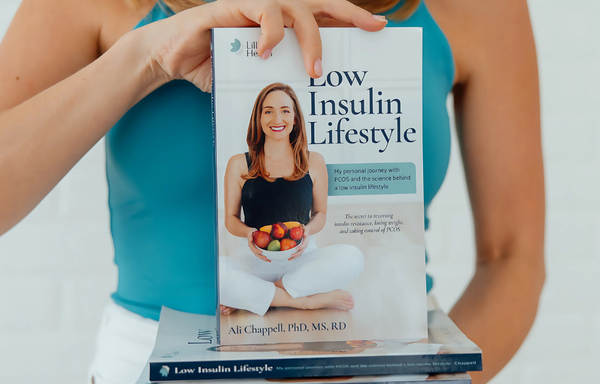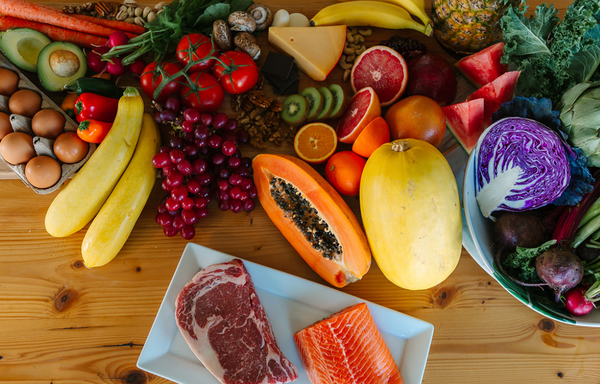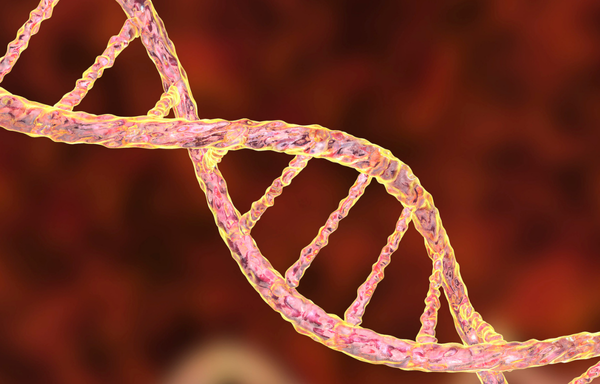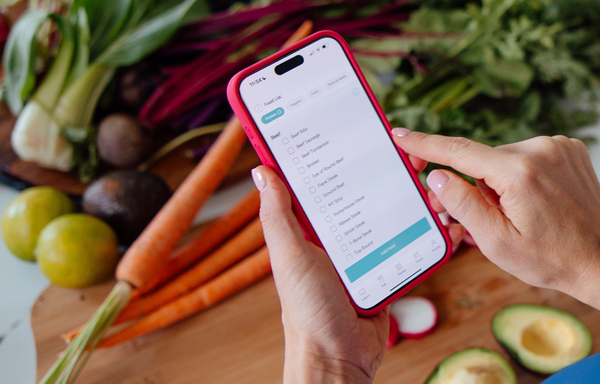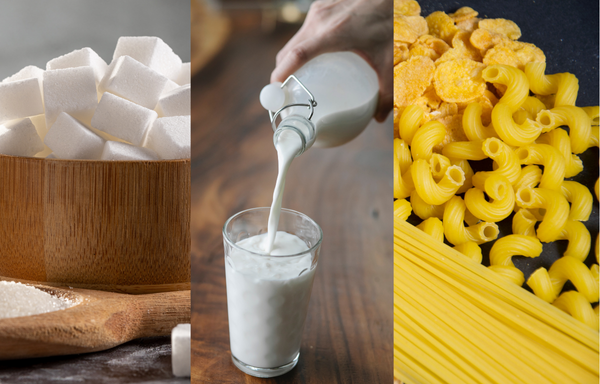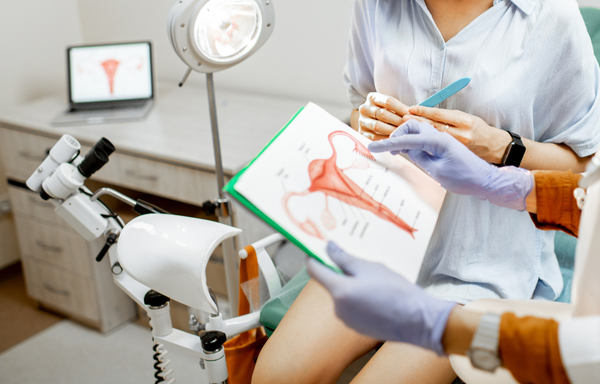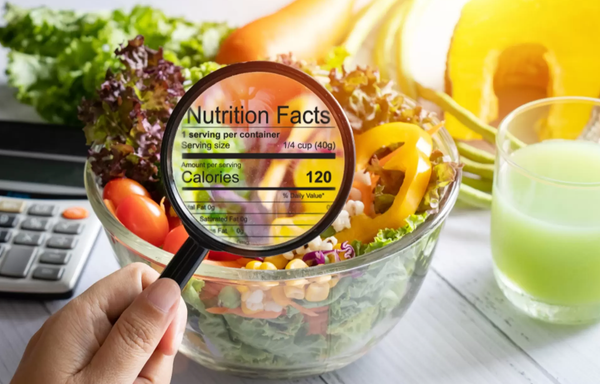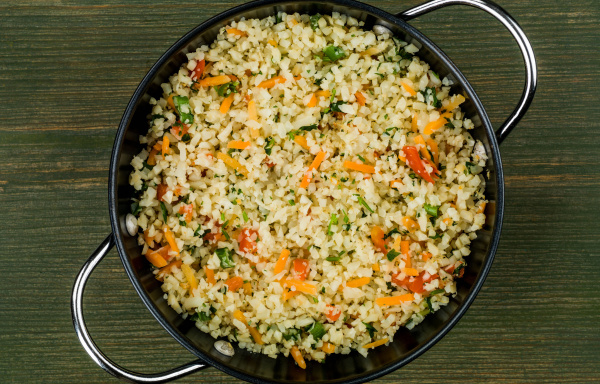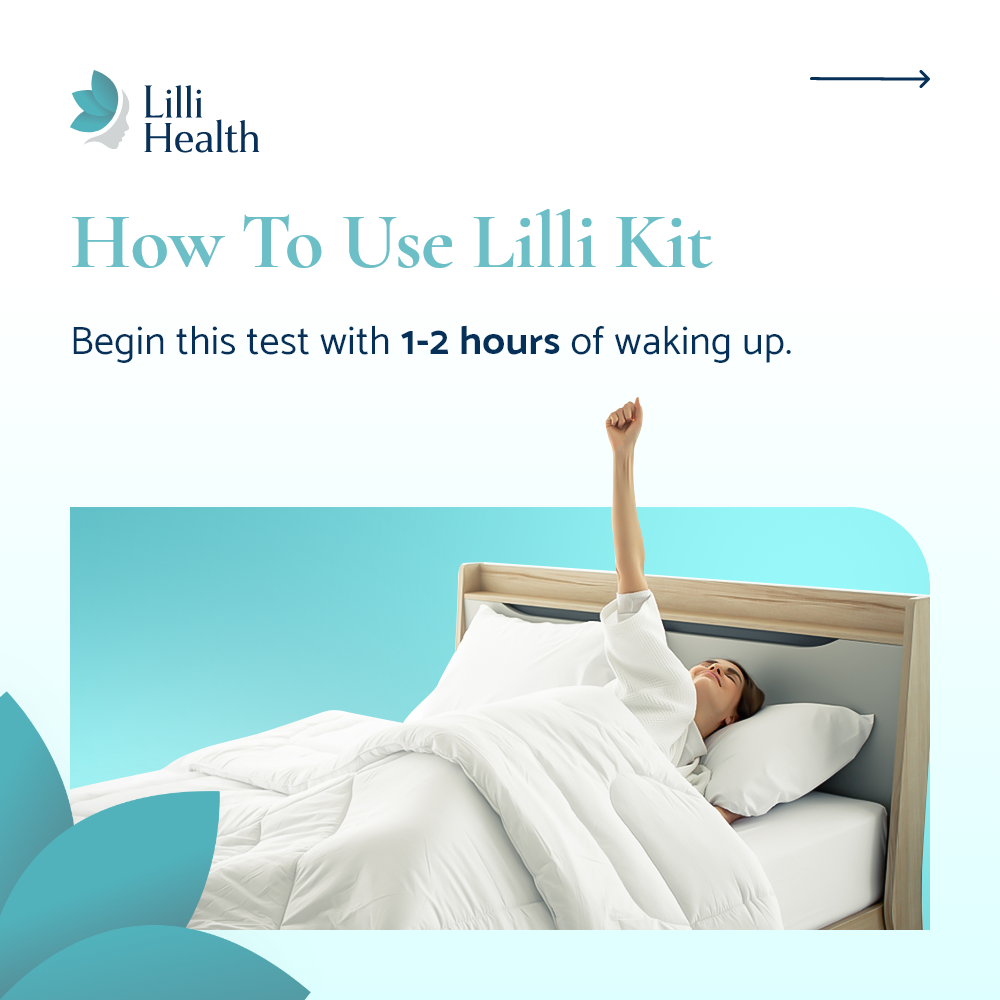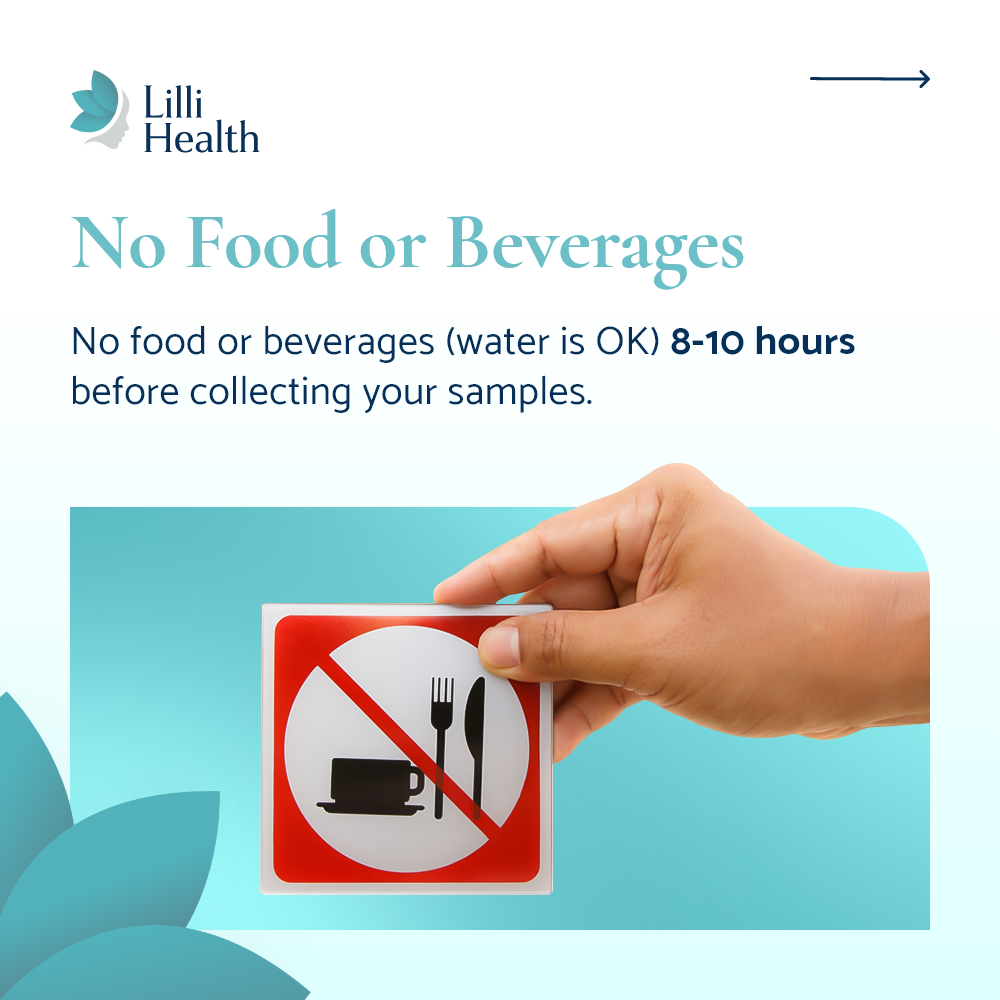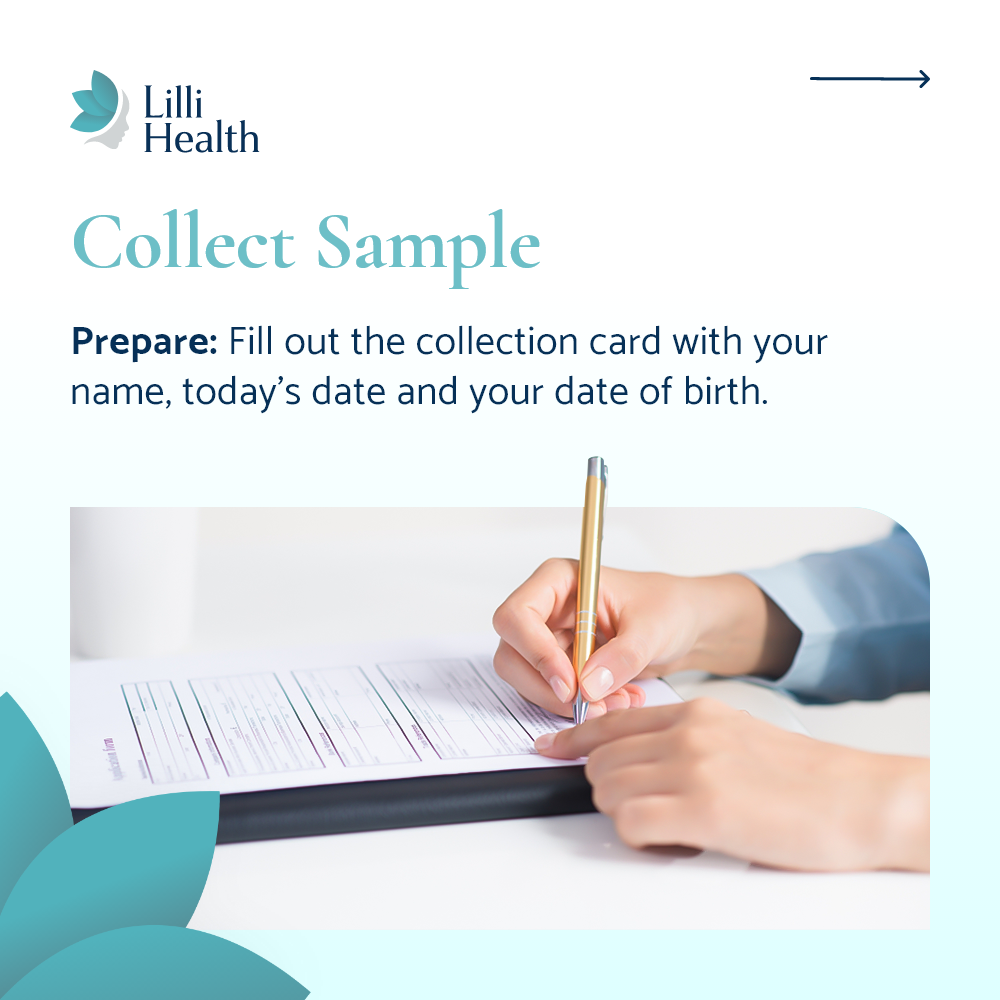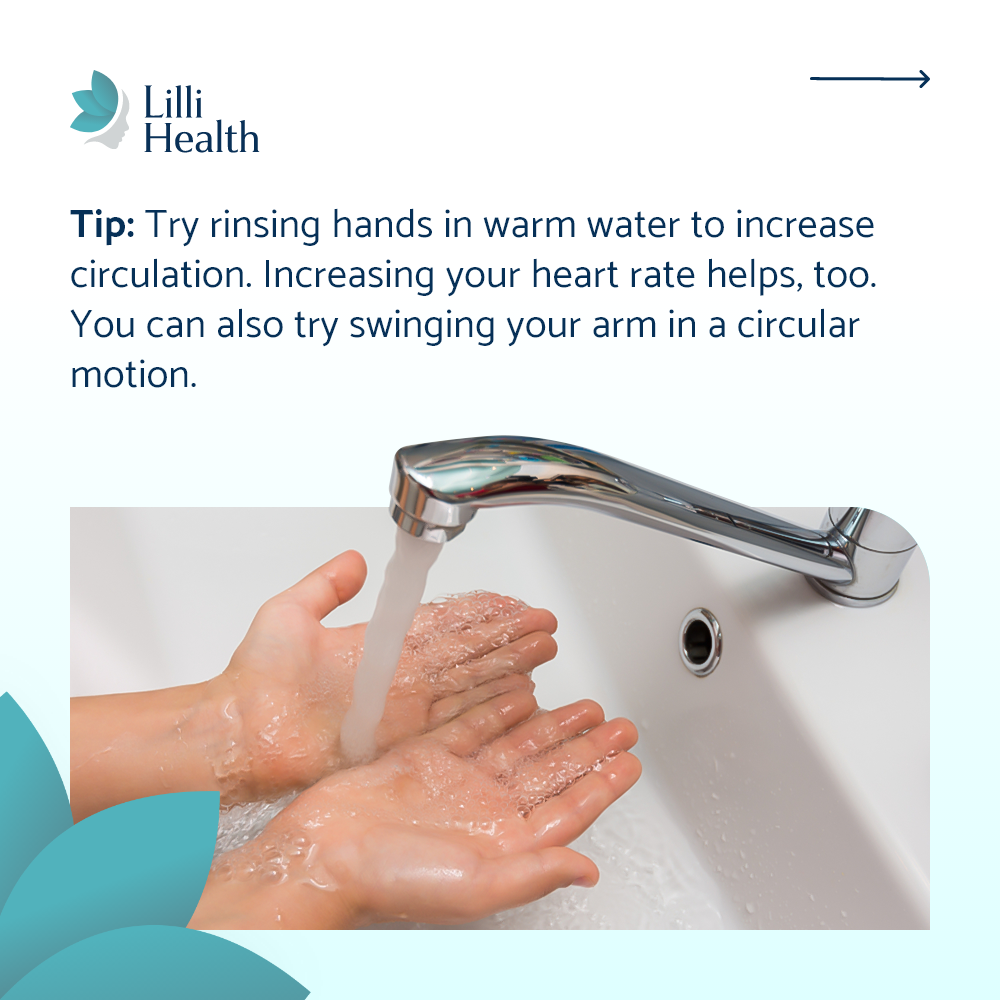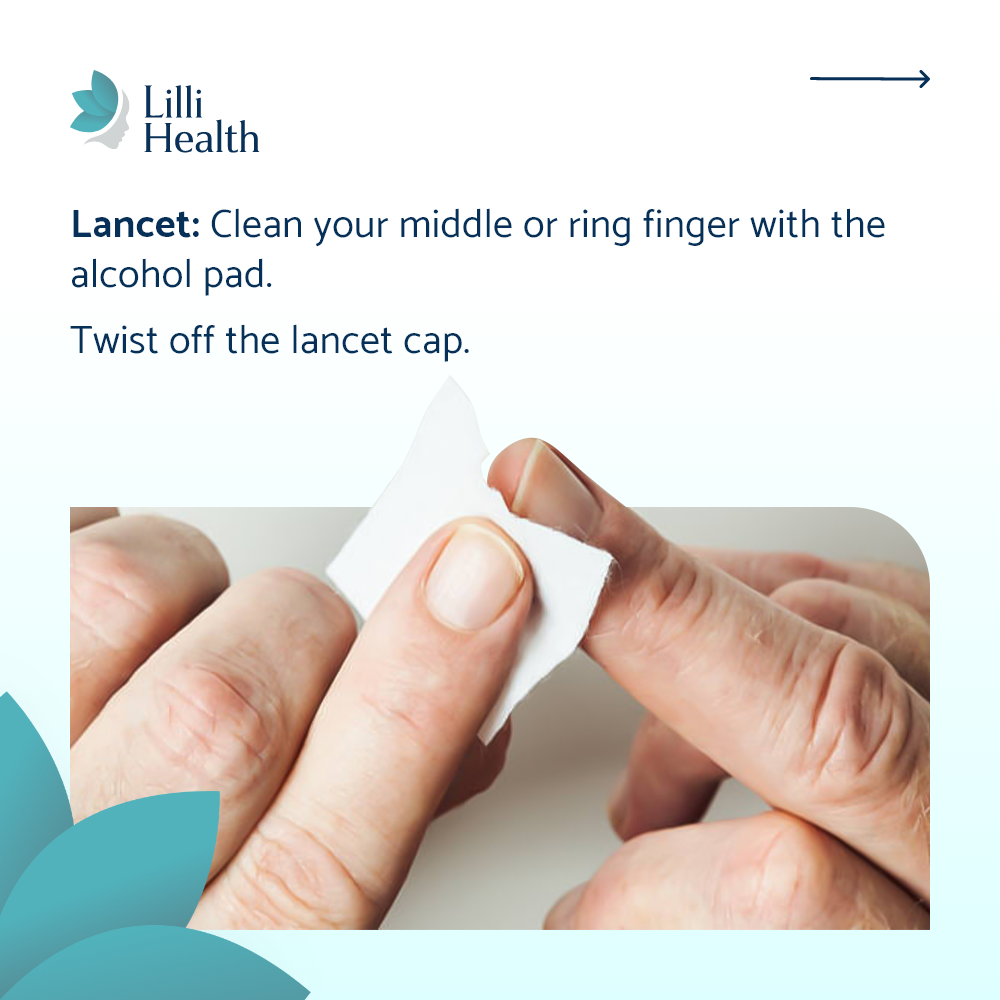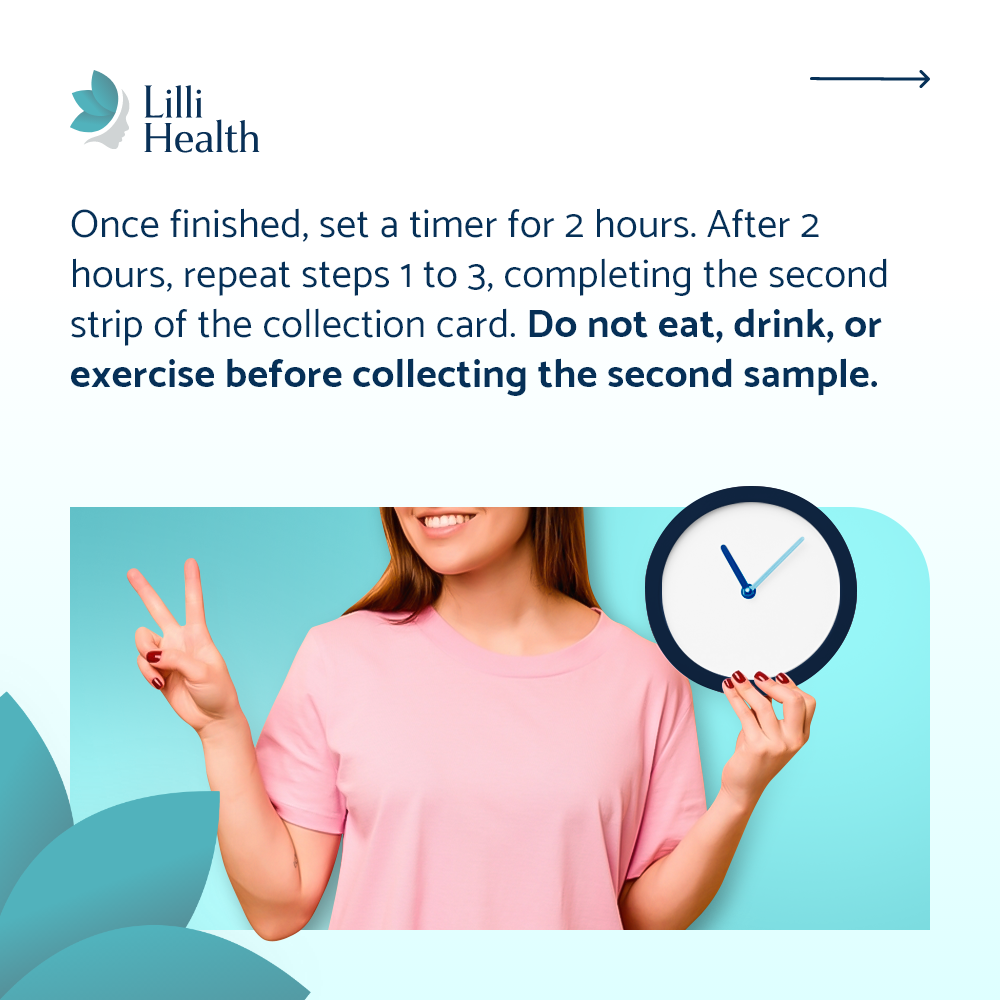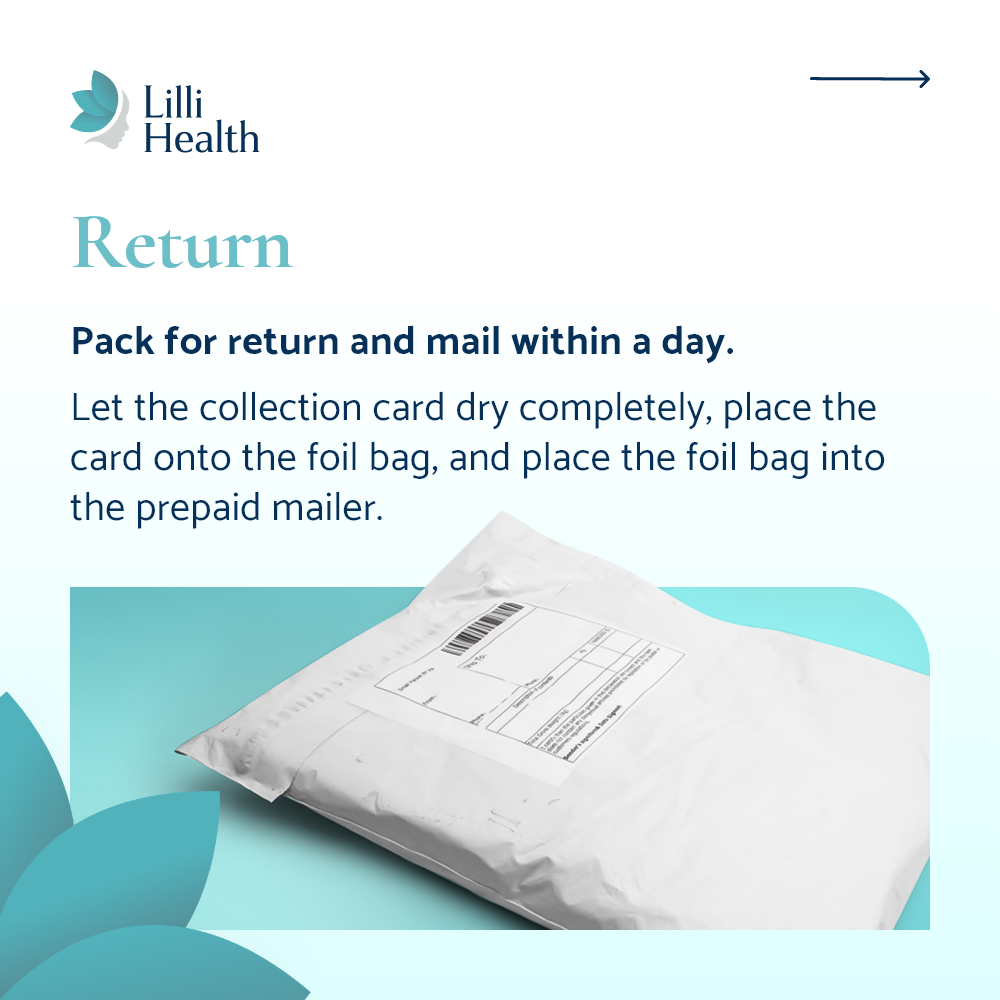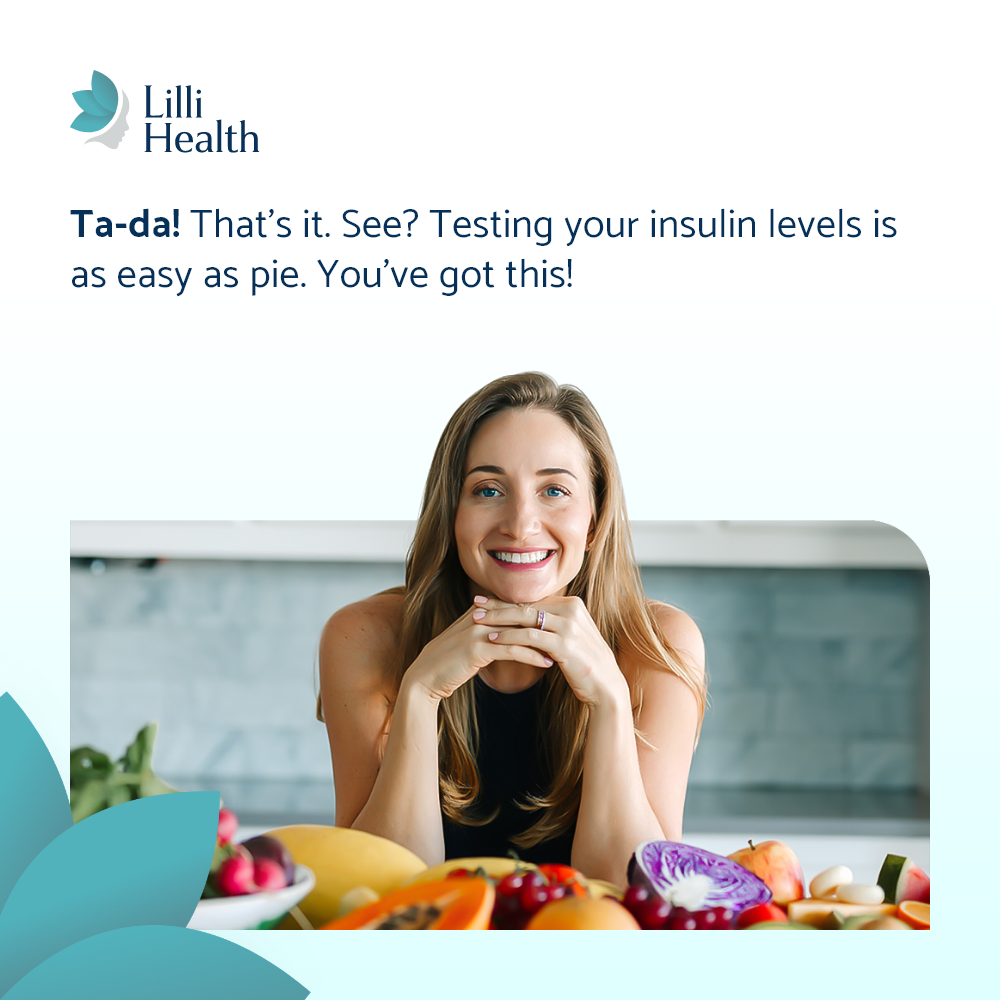

What Is Preeclampsia, What Causes It, and How You Can Prevent It
You hear the word and immediately think: scary. And you’re right—preeclampsia is serious. It’s one of the leading causes of complications and maternal mortality worldwide.
But here’s the kicker: we’re not routinely testing for the one thing that actually predicts it.
What Is Preeclampsia?
Preeclampsia is a pregnancy complication characterized by:
- High blood pressure (that wasn’t there before)
- Protein in the urine
- Swelling, headaches, and sometimes visual changes
It usually shows up in the second half of pregnancy and can progress quickly if not caught and managed.
But here’s what most people don’t realize: the roots of preeclampsia start long before your blood pressure goes up.
What Actually Predicts It?
Not swelling. Not weight. Insulin.
Yes—elevated insulin levels in early pregnancy are one of the strongest predictors of developing preeclampsia later on.
Why? Because insulin resistance creates a pro-inflammatory, blood vessel-damaging environment. It impairs placental development, disrupts blood flow, and increases oxidative stress—all of which set the stage for preeclampsia.
In other words, the warning signs were there. Your healthcare provider just wasn’t looking for them.
So… Why Aren’t We Measuring It?
Excellent question.
Most OBs still focus on glucose and blood pressure. A1c might get checked. But insulin? That’s not even on the radar.
Which is kind of wild when you consider that high insulin often shows up before high blood sugar or blood pressure does.
But the system is still stuck in glucose-thinking. And patients are the ones paying the price for it.
So, don’t blame your doctor—they’re just following the guidelines. Instead, blame the people who write the guidelines for not keeping up with the science.
What You Can Do
If you’re pregnant—or planning to be—here’s what you actually want to know:
- What’s your fasting insulin?
- Are you already showing signs of insulin resistance? It can be hard to spot—especially when you’re already exhausted, gaining weight fast, or constantly hungry… you know, typical pregnancy stuff. But those could be early clues your metabolism is under pressure.
Can you take steps now to lower the demand on your pancreas and support your heart health?
Short answer: yes. And it doesn’t involve anything extreme.
- Cut back on starches and sugar (yes, even the “healthy” ones like beans and quinoa)
- Focus on protein, healthy fats, non-starchy veggies, and whole fruis
- Walk after meals, manage stress, get sleep
Bottom Line
Preeclampsia doesn’t come out of nowhere. And the warning signs often show up in your insulin levels before they show up on a blood pressure cuff. But the one test that could give us a heads-up? No one’s ordering it. Let’s fix that. Because you deserve more than reactive care. You deserve to know what’s coming—and what you can do about it.
References
Parretti E, et al. Preeclampsia in lean normotensive normotolerant pregnant women can be predicted by simple insulin sensitivity indexes. Hypertension. 2006. Read more
Abhari FR, et al. Estimating rate of insulin resistance in patients with preeclampsia using HOMA-IR index and comparison with nonpreeclampsia pregnant women. Biomed Res Int. 2014. Read more
Hauth JC, et al; Eunice Kennedy Shriver National Institute of Child Health and Human Development Maternal-Fetal Medicine Units Network. Maternal insulin resistance and preeclampsia. Am J Obstet Gynecol. 2011. Read more
